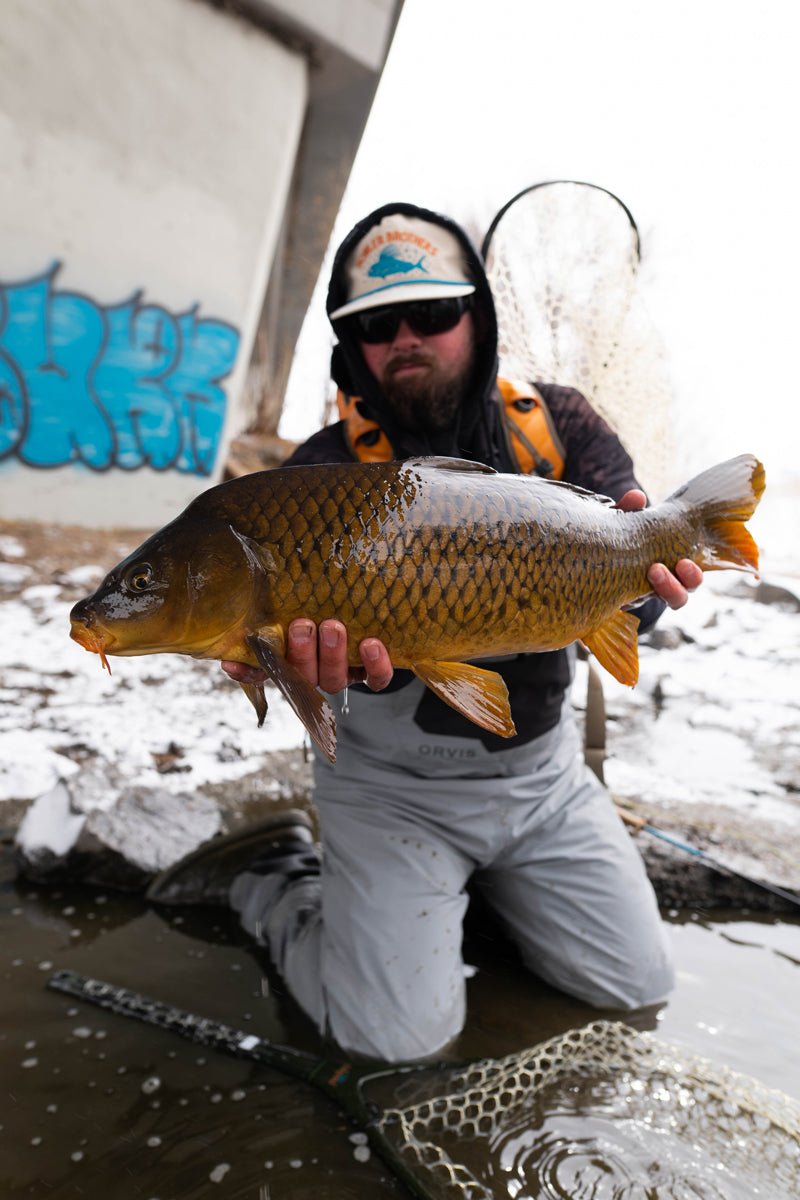
Fall & Winter Fly Fishing for Carp
Introduction to Carp:
Carp are an awesome species to target when summer temps get too warm for trout or you’re tired of chasing fish on technical tailwaters in the winter. Carp are often referred to as The Rocky Mountain Bonefish/Permit/Redfish etc. Carp resemble a lot of saltwater fish and can be a great target species to prepare for a saltwater trip in your near future.
The reason we hear people compare this fish to these species is because of their eating patterns, carp will tail like a redfish, eat like a permit, and spook like a bonefish. We often sight fish because they are focused on the bank picking up and filtering food, which makes a hook set tough to nail down. The main techniques used to target carp are pitching a single fly in close vicinity to their head, throwing a hopper dropper with some sort of egg or bead head nymph, or just nymphing for them with a leech pattern or bigger rubberlegs.

Targeting Carp in the fall:
The fall is arguably the best time to target carp, cooler temps start to move the fish around to prepare for winter months. I typically enjoy fishing neighborhood ponds and lakes, as well as the Denver South Platte (DSP). The tactics used depend on which type of water you’re fishing.
The lakes and ponds you’ll focus on shallow sections where we can see the backs or tails of the carp out of the water. Here, you will pitch the fly to the fish or make a cast stripping the fly into their feeding lane then letting it drop. You’ll want to stay tight with the fly to feel the eat, but don’t make big movements with the fly because this will often spook the fish.
Another tactic that has worked well for me is a hopper dropper rig. I will present these flies in two ways. First, to any fish actively feeding just below the surface and second, to tailing fish. If I am fishing the DSP my tactic will change a bit, fish will be feeding on banks making plumes of dust clouds filtering out bigger bugs, crayfish, and even at times smaller baitfish. Pitching flies off the banks seems most effective but making sure your shadow and line don't come in contact with the fish. When the fly is in the water, you want to do your best to keep that fly as still as it can be, although giving it a small twitch can entice an eat. Before presenting to any fish, make sure you break down your game plan on how you're going to approach and cast at the fish.
Once you make your cast at the fish, pay close attention to their body language. If you see their peck fins flare, body slightly tip up, or an out of the ordinary tail wiggle, set the hook. This is usually when the fish has eaten your fly. If you get a solid hookup, be ready for one of the best freshwater fighting fish that's out there.

Targeting Carp in the winter:
Winter fishing for carp can be difficult but also very rewarding. The lakes will freeze over, so the DSP becomes our only option. Carp switch over from being spread out throughout the river to being concentrated in deeper pools in large pods. Ironically, finding them can be challenging because the river has an endless amount of deep holding pools. Once you find one though, you typically find quite a few more as they rarely hang out solo in the cold water.
We still target them with the same flies but instead on a suspended nymph rig. The eats on this presentation can be hard to pick up, the indicator will barely twitch most of the time. But there are those few times where it drops hard. Sight fishing the same way you would in the fall can be effective as well when there’s a few days in a row of warm weather.

Gear & Flies
When getting prepared for carp fishing you want to have a 6-7 wt rod with floating fly line and an 8-10 foot leader ranging from 0-3x. I prefer to go bigger and lean more on the 0-1x side, but picky fish can sometimes want something smaller from 2-3x. My leader is almost always going to be fluorocarbon unless I’m throwing a hopper dropper.
Fluorocarbon is harder for fish to see and it sinks better than nylon. My preferred fly line taper is the Scientific Anglers Infinity in Smooth or Textured. I have found that this can turn over heavy carp flies the best without creating too much of a presentation ruining splash. My fly selection is mainly olive or black buggers in varying sizes, the carp tickler, the H.V.R.T, and rubber legs in various patterns and colors.
If you have any questions or would like to dive deeper in the carp game please feel free to email Tryston at tryston@goldenflyshop.com, or give the shop a call at 303-330-1292 and we’d be happy to help.

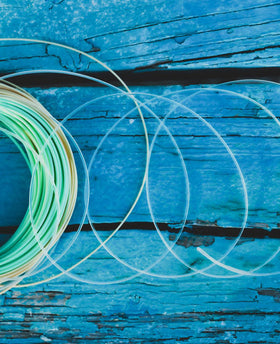
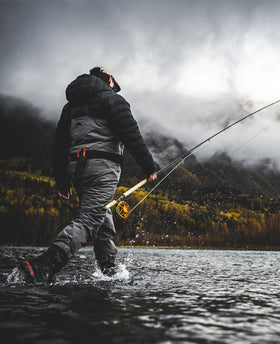

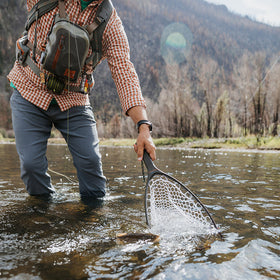
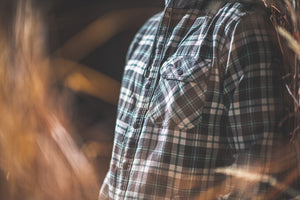
Leave a comment